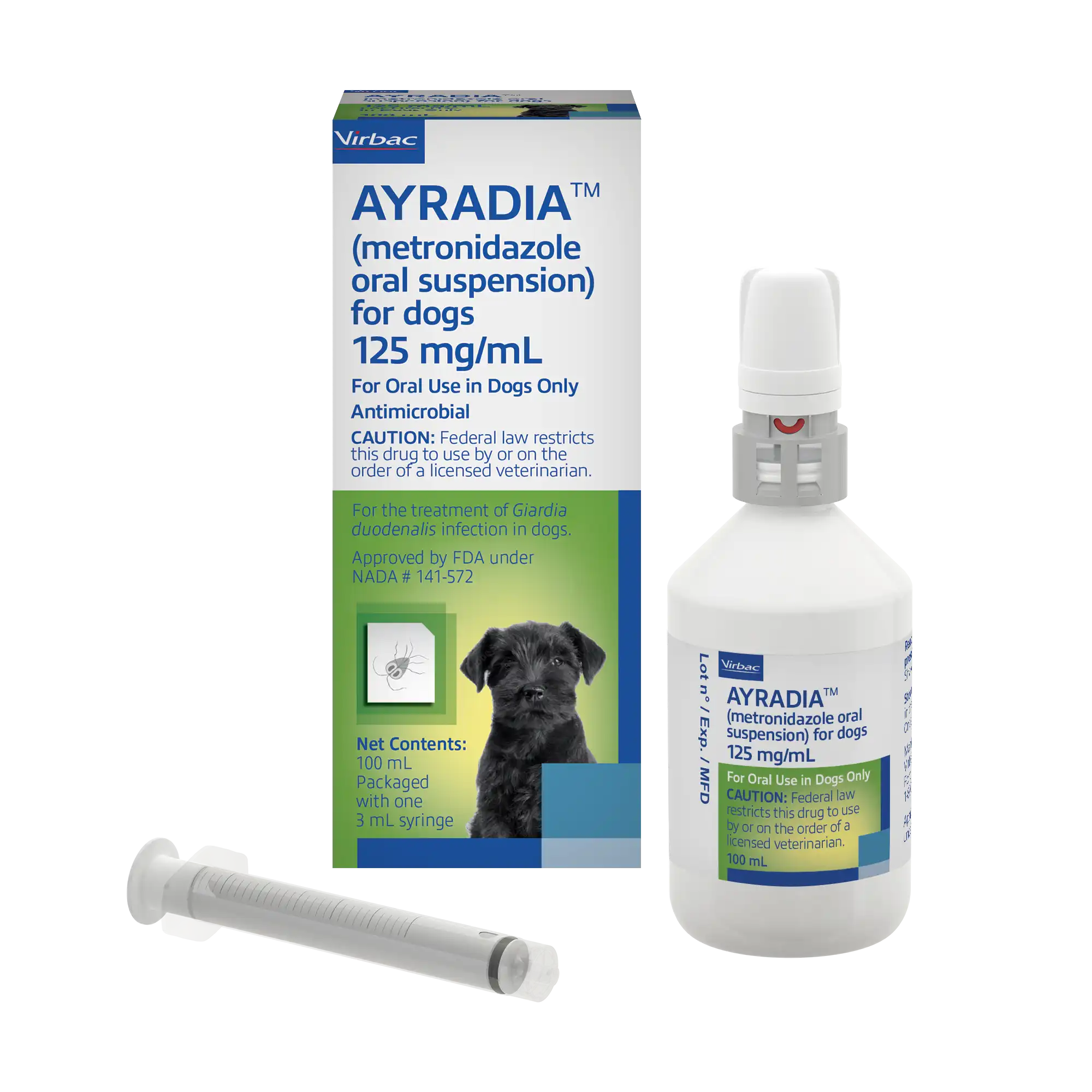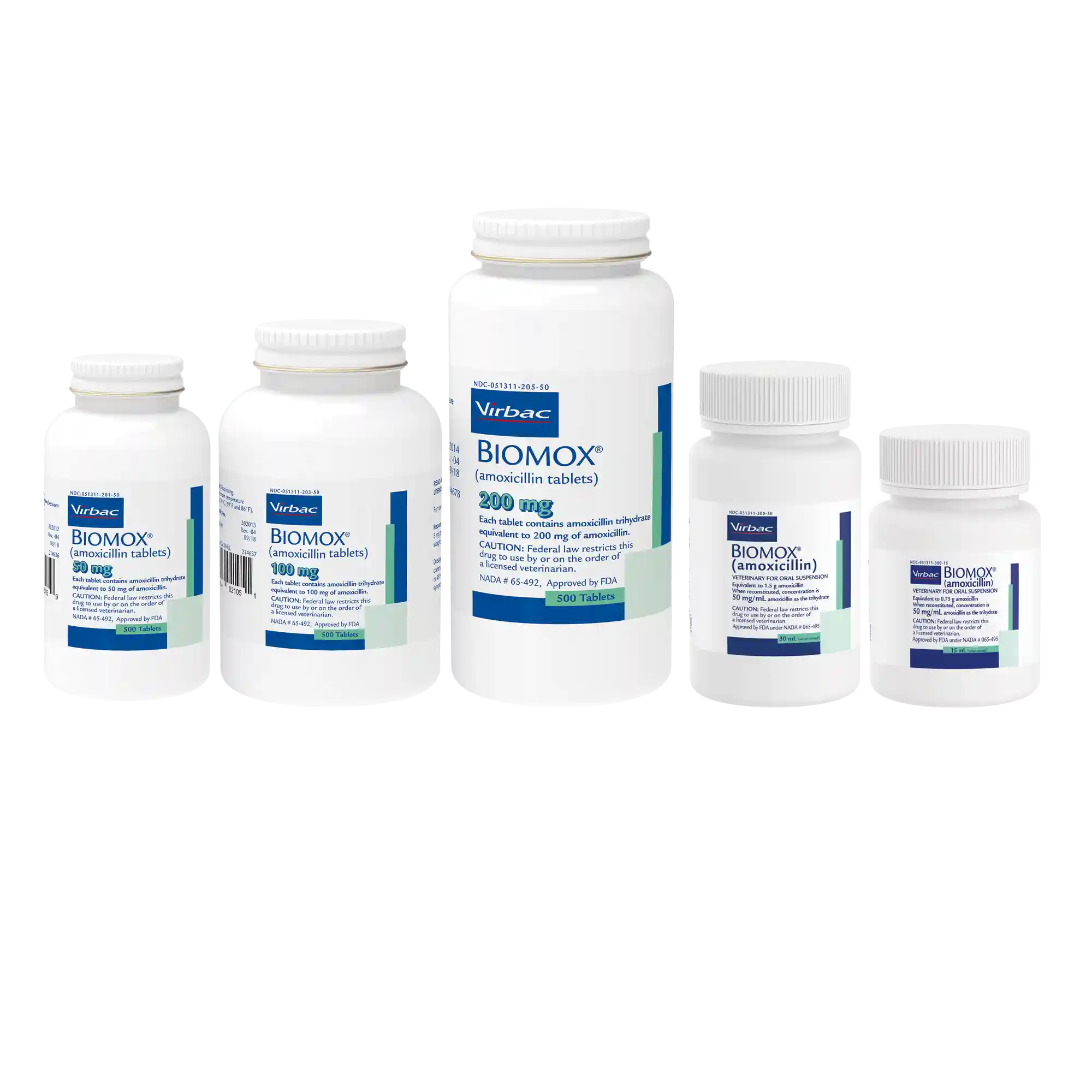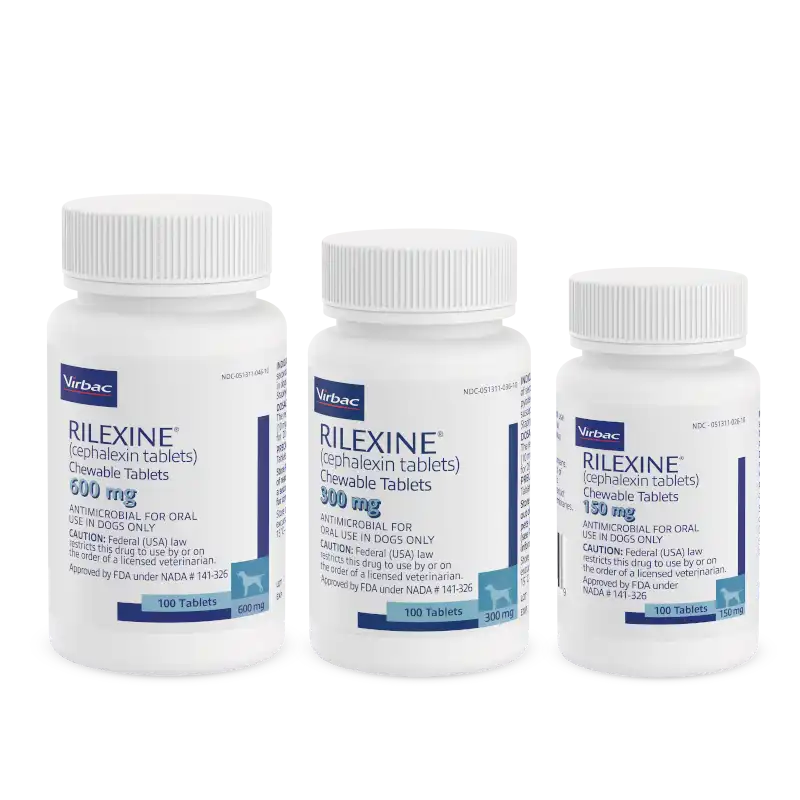Dog Antibiotics

It has been less than 100 years since the Golden Age of Antibacterials began with the major breakthrough of the discovery of penicillin. Since that time, there have been many advances in the uses of antimicrobials and their mechanism of action. We have learned a lot, but also need to use antibiotics appropriately. It was not long after the commercialization of products that the impact of antimicrobial resistance was noted.
Antimicrobial drugs are classified in a variety of ways often, by four basic features:
- Class of microorganism
Most antifungals and antivirals are only effective against fungi and viruses, respectively.
- Antibacterial Activity
Some antibacterial drugs only inhibit Gram-negative or Gram-positive bacteria and are considered to be narrow-spectrum drugs. Other products inhibit both Gram-negative and Gram-positive organisms and are called broad-spectrum drugs. This distinction is not absolute as some agents might have primary activity against Gram-positive organisms but also inhibit Gram-negative ones.
- Bactericidal or Bacteriostatic Activity
When studied in the laboratory some agents are noted to kill organisms (bactericidal) while others inhibit their growth (bacteriostatic). The distinction is more arbitrary when these agents are used in clinical situations. The minimum inhibitory concentration (MIC) is an in vitro test that shows the lowest concentration of an antimicrobial agent required to prevent bacterial growth. The minimum bactericidal concentration (MBC) is the lowest concentration required to kill the organism. The drug is usually considered bactericidal if the MBC is no more than 4 times the MIC.
- Time or Concentration Dependent Activity
The relationship between drug concentration and antimicrobial activity depends upon the pharmacodynamic properties of a drug. For some drugs the most significant factor determining the efficacy is the length of time the serum concentrations are above minimum inhibitory concentration. Increasing the concentration above this level will not improve efficacy. Frequent dosing to maintain this concentration is recommended. Other drugs have concentration-dependent killing characteristics. Higher dosing at longer intervals are recommended for these drugs.
Selecting an Antibiotic
There are many factors to consider when selecting an antibiotic. The ability of the pet owner to dose and dose at appropriate times should be anticipated. Another consideration is likelihood of effectiveness, empirically or by culture and sensitivity. The benefits and risk of side effects needs to be evaluated. Development of antibiotic resistance is also a concern that should be considered.
We have focused on helping veterinarians and pet owners meet the challenges of administering first-line oral antibiotics with convenient solutions.










